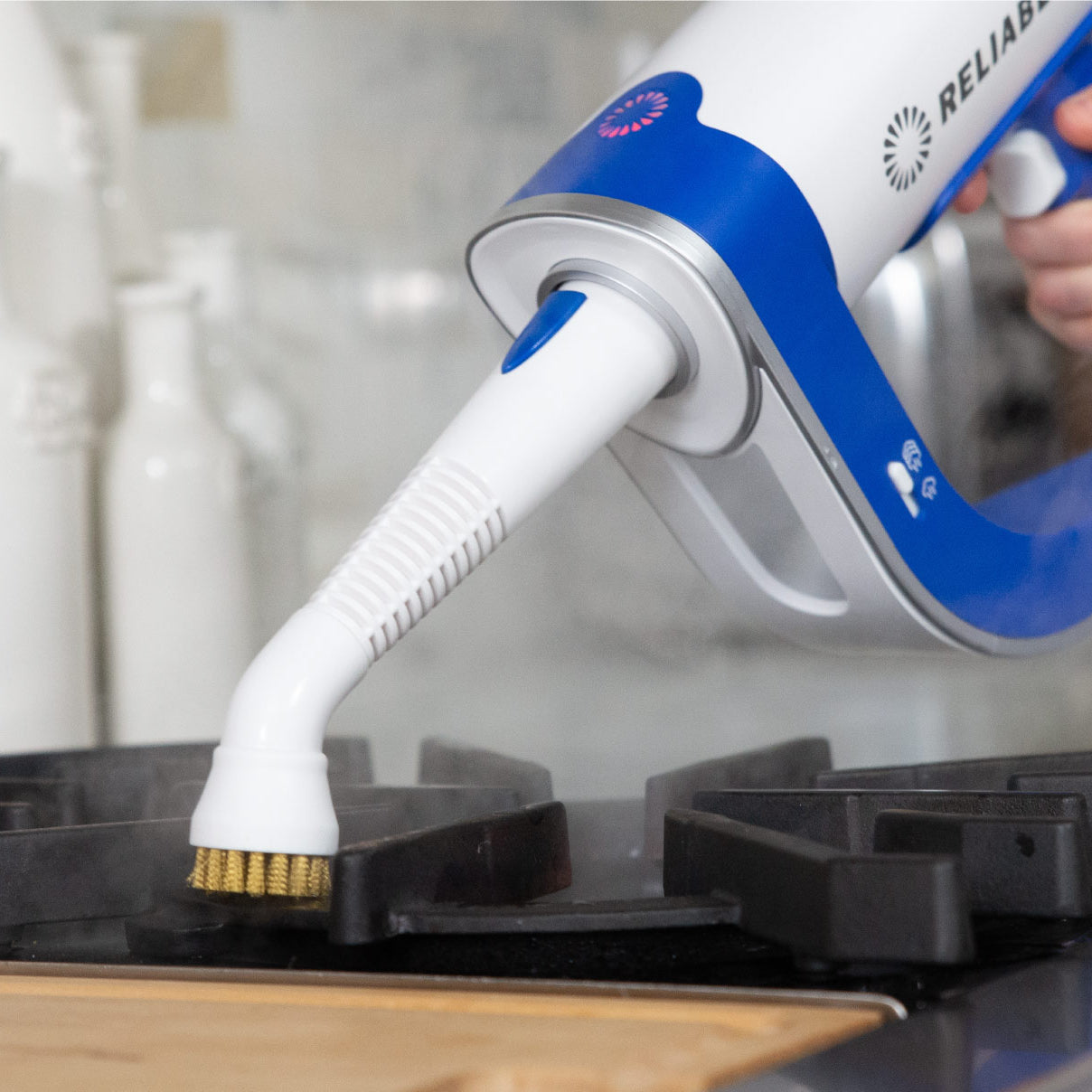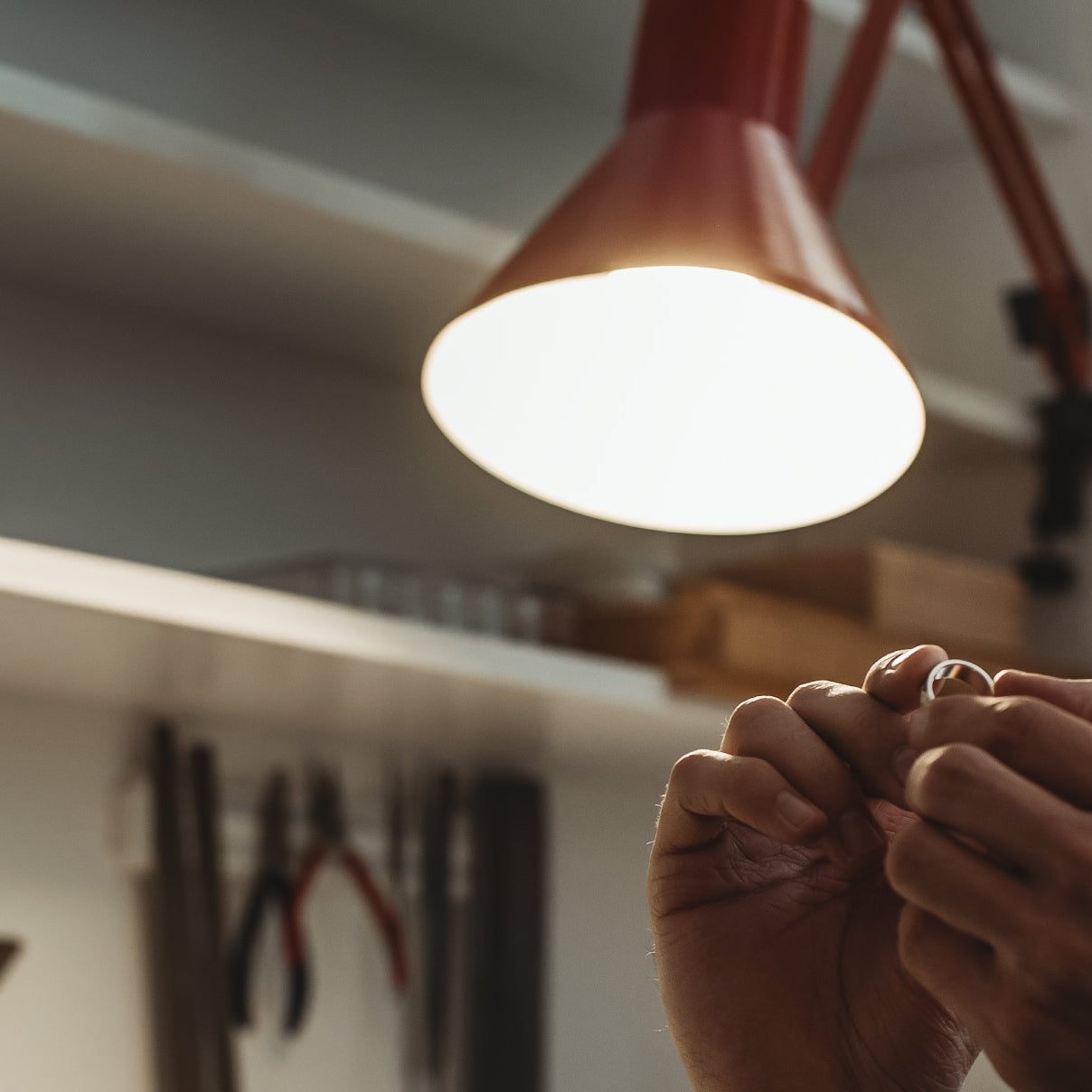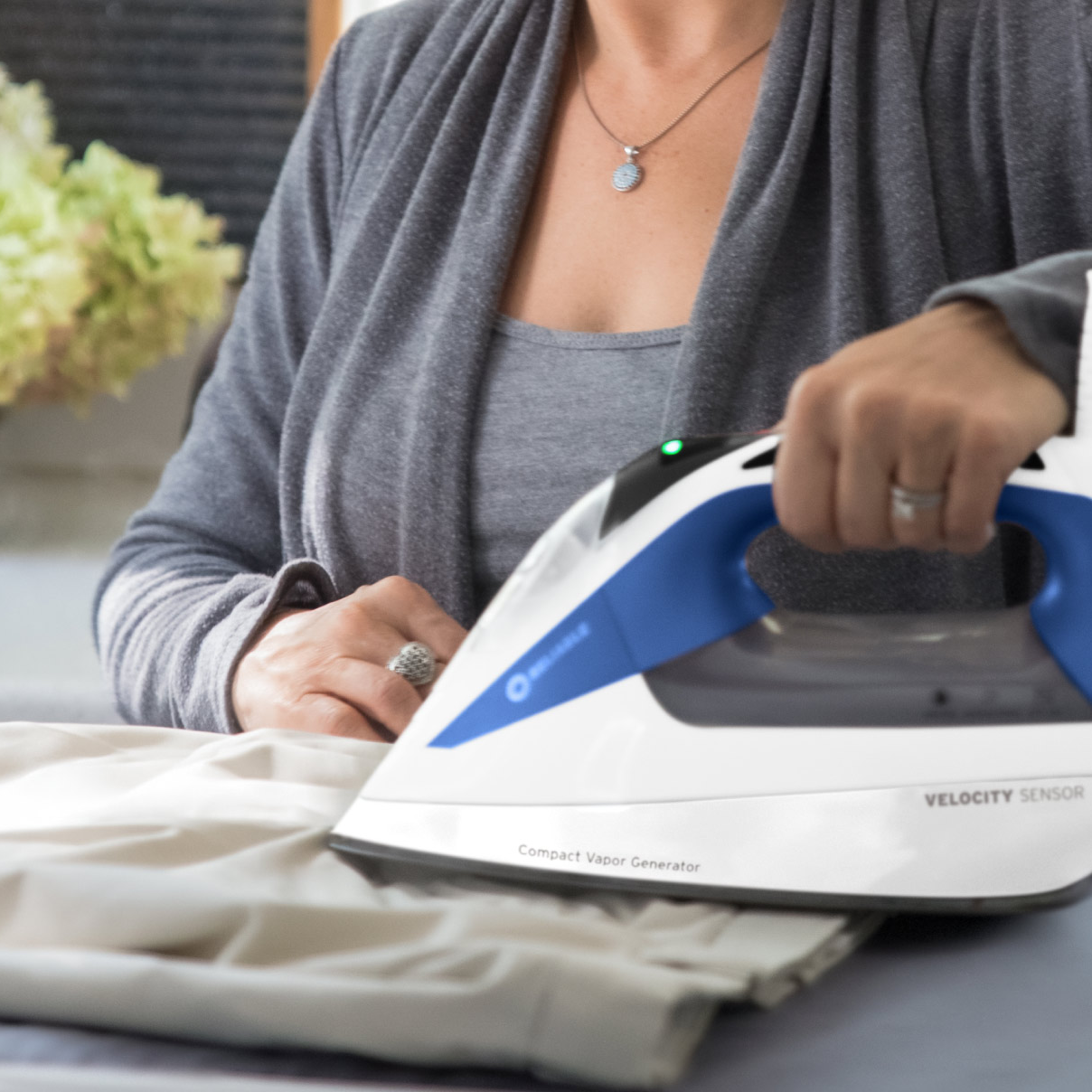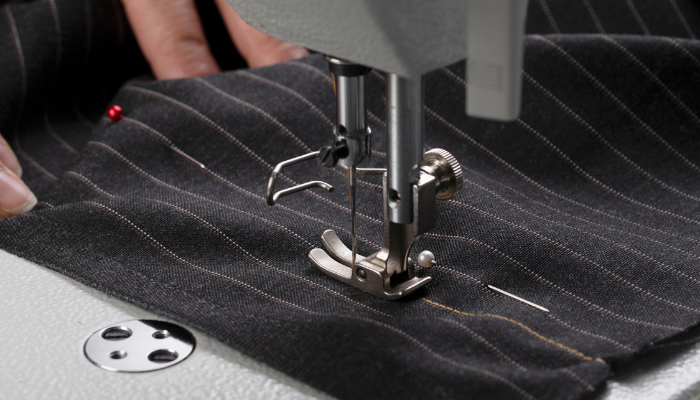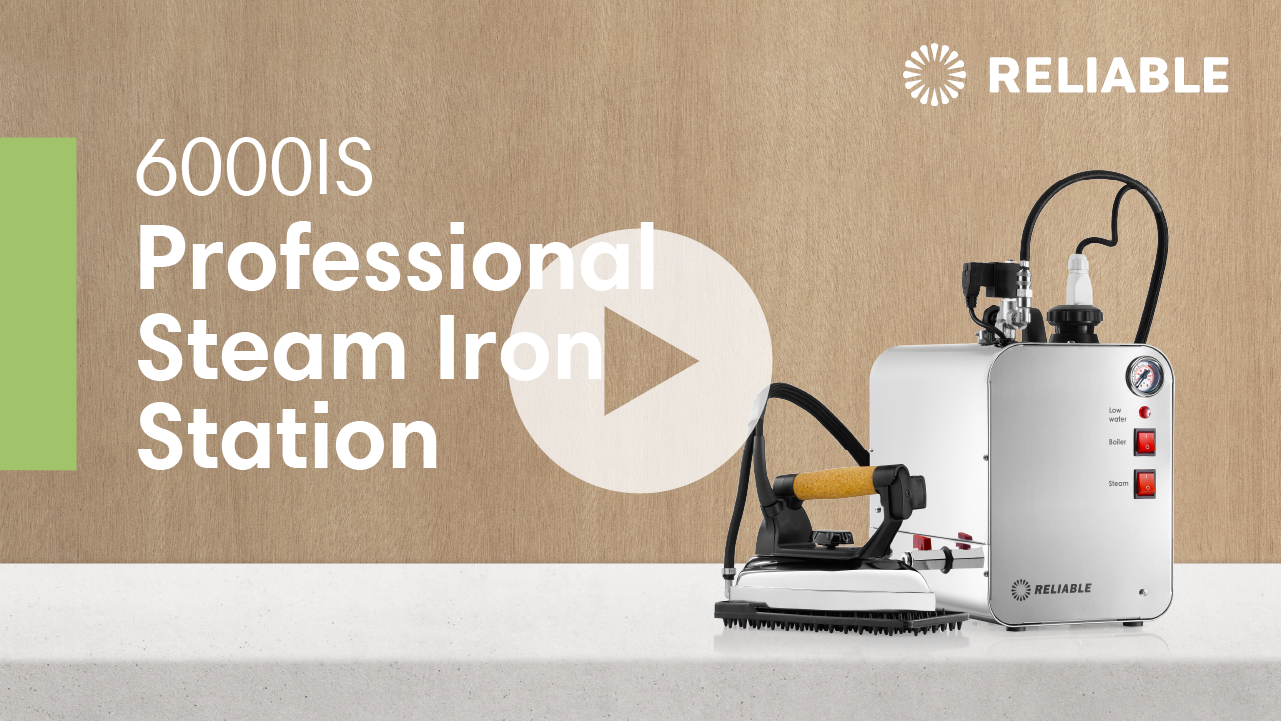Doug Leko was six years old when his mother first taught him how to quilt. Little did he know that years later his hobby would lead to a distinguished career as a master quilter, teacher, business owner and designer of his own quilting patterns.
Working in his mother’s quilt shop over the years had enabled him to develop his skills and refine his art. In 2008 Doug founded Antler Quilt Design when he was just fourteen. Then one day a sales rep from Moda, known for quilting fabric, came into the shop and proposed an idea for Doug to develop his own line. Still in high school he pattern tested with various designers and eventually began creating his own brand of designs.
While most students were focused on exams and trying to fit in, Doug had his sights on the future as he wondered how he could build a business with his hobby. “I was always interested in art,” he says, adding that he took art classes throughout high school and then obtained an art degree.
Yet something was missing. He realized that in order to make money from his art he needed to think of it as a business. He now has a business degree although he admits he’d already developed much of what became Antler Quilt Design before going to business school. One of the favorite things about his business is seeing what creations quilt enthusiats are working on. “It’s important for me to share my craft, pass on tips and tricks and then see what they come up with and how they evolve as quilters.”
Doug’s quilting patterns distinguish themselves through their ease of use. “The instructions for my designs are visual as well as written, to accommodate different learning styles.” He also incorporates secondary design elements for added interest and complexity, and is passionate about color. He adds that the tools he uses such as the Reliable Velocity 200IR home iron help to simplify the detailed nature of the work.

“This Reliable iron is great for piecing and sewing as it delivers consistent high heat,” he says. Piecing is a quilting term that refers to pinning the pieces together before sewing. A vital step of quilting, a lack of precision in this area could mean uneven seams and a poorly constructed quilt. Doug loves the iron’s ability to generate steam on a dime and the auto bypass shutoff feature, which allows him to work continuously on longer projects without waiting for the iron to heat up again and again.
“The Velocity 200IR doesn’t spit or leak, which makes it great for ironing delicate fabrics safely.” Comprising quilting pattern design, teaching, and book writing and publishing of 10 books, Doug continues to discover the beauty and depth of this historical art form. He sees some young people getting into quilting though he’d like to see more. “It’s important for younger generations to learn the art and for older family members to pass this on.”



